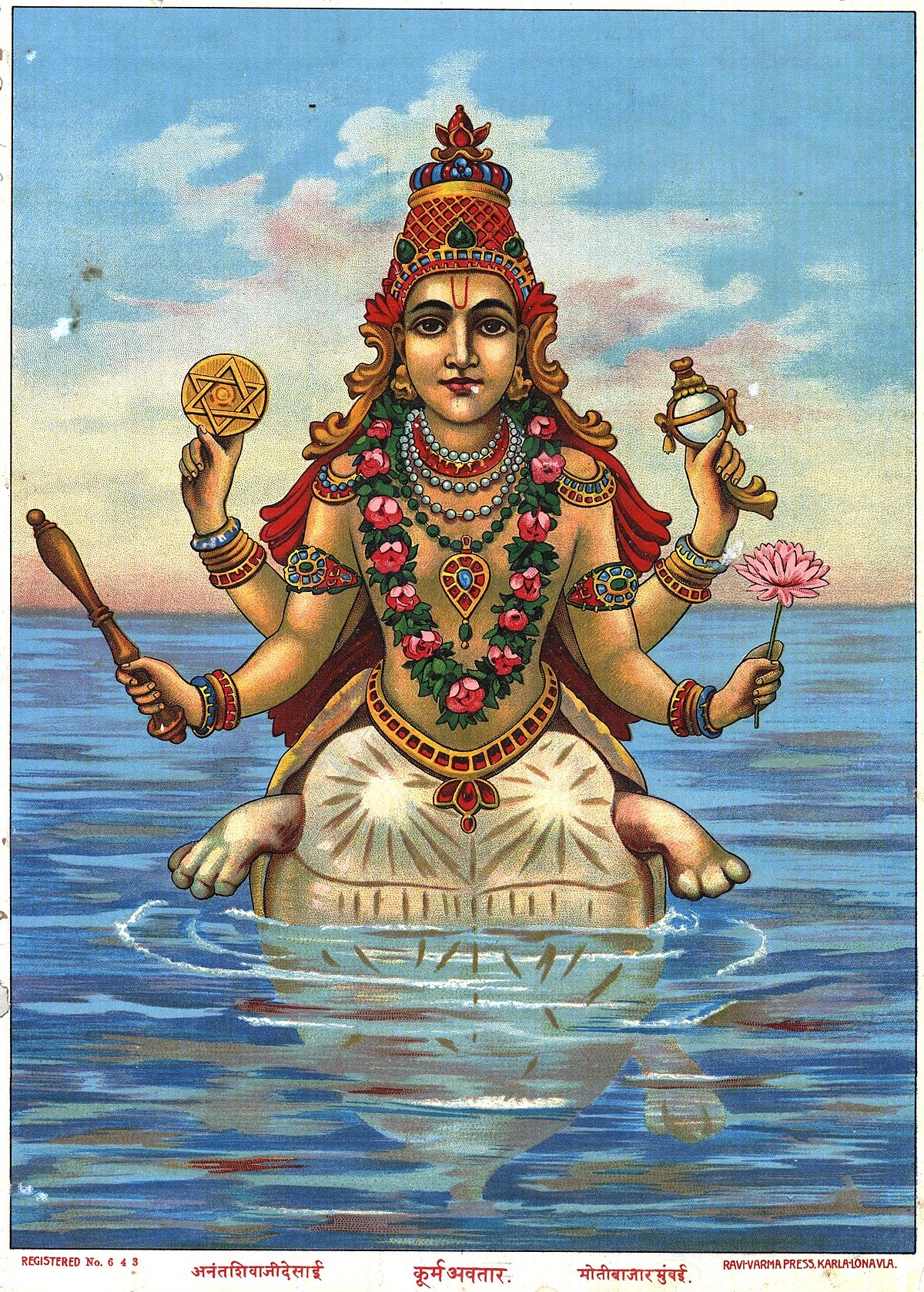
Until the last soldier standing..and the last bullet fired
The headquarters of the Kumaon Regiment of the Army is located in Ranikhet, in the foothills of the Himalayas in Uttarakhand. There is a legend that Vishnu's 'Kurma-Avatar' happened around this region so historically this Kingdom was known as 'Kurmanchal' and over a period of time gradually it became Kumaon. It is one of the few states where the Kumaois, known for their bravery, fought against the invading muslims and maintained their purity of the land. They were not intimidated by the British either hence the Britishers had made a deal with these Kumaois.
Starting with a single regiment in 1917, this Kumaon is now nineteen regiments strong. These Kumaon regiments are the winners of the maximum number of highest bravery awards in the Indian Army, including two Param Vir Chakra awards. In these regiments the soldiers are not only the Kumaois but also Yadavs of neighboring regions and the Ahirs of Haryana state.
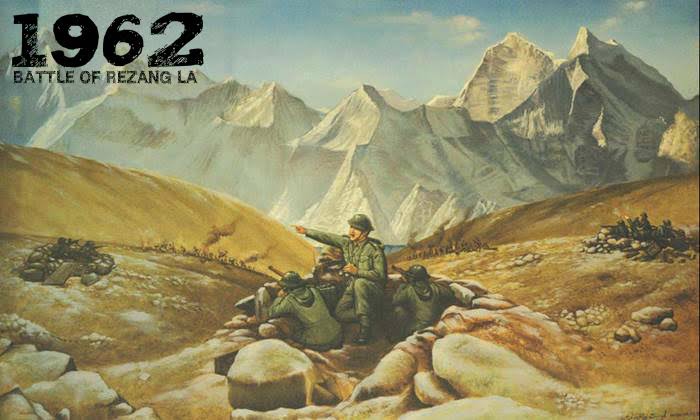
In October 1962, the 13th Kumaon Regiment at Baramulla, Kashmir, was ordered to relocate to the Chushul sector of Ladakh. Major Shaitan Singh, newly arrived from Rajasthan, was in command of 124 soldiers of 'Charlie' Company. The company consisted mainly Ahirs from Rewari district of Haryana. The soldiers were slightly amused by the bizarre name of their Commander...Shaitan Singh. Very soon they were to learn what a gallant and daring soldier he was. This is the saga of bravery of Param Veer Chakra awardee Major Shaitan Singh and his indomitable soldiers.
By mid 1962 the Chinese attack seemed imminent in the eastern borders of India. The political leadership chose to remain in denial mode still believing in Hindi Cheeni Bhai Bhai..sloganeering but the soldier at the border knew the hard truth. Charlie company of 13 Kumao was assigned to Rezang La, a mountain peak at 16000 feet elevation. This was a very important gateway to the Chinese and crossing it provided an easy access to capture Leh and Kargil. Shaitan Singh divided his company into three platoons on three peaks and kept a watchful eye on the eastern base of the peak, expecting Chinese to climb up from this direction.
The Chinese attack began when the soldiers were barely acclimatised, their lungs were not even adapted to a rare anaerobic environment. These soldiers had an old one-shot 303 rifle and 600 bullets per person along with some light machine guns. Unfortunately they could not get the artillery fire support because another mountain peak stood as an obstacle in between. The Charlie company stood isolated. Sensing the grave situation the regiment headquarters ordered Major Shaitan Singh's company to retreat from the peak. Major Shaitan Singh was not willing to let the Chinese have a free passage into Ladakh. He addressed his soldiers..
'I will never get back, if anyone wants to retreat they are free to do so, I will give you some time to think and decide'
These soldiers who are known for their bravery and not for any selfish thinking said in unison that they will stay put with their Commander. This is called 'Last Stand ' in military parlance. Knowing fully well that they would be outnumbered by a huge margin and would be facing an enemy who is well equipped with superior weapons and yet will go down fighting. One such decision was taken by the Charlie Company of the 13th Kumaon Regiment that...
"We will continue to fight until the last soldier is standing and the last bullet is fired
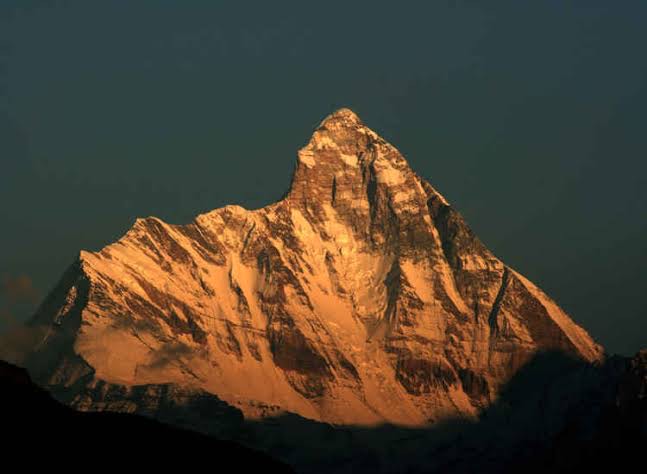
On the morning of 18 November 1962, around 3.30 hours, the Chinese started climbing up the peak. Shaitan Singh ordered all of the soldiers to be alert but not fire until they came within the range of their rifles. As soon as the Chinese came close, they shouted..
"Kaali Maata ki Jai"
and started firing which ripped off the serenity of the mountains. Hundreds of Chinese were killed and their bodies were covered in snow. Those who survived and advanced forward were pierced in the chest with a rifle bayonet, while the rest fled.
Major Shaitan Singh now hopped across to another platoon which occupied the neighboring peak. He knew Chinese would regroup and come from another direction, and his assumption came true. This time thousands of Chinese climbed the peak along with machine guns loaded on the mules. Again, the Chinese soldiers were resisted with the same tactic. Those who came near were killed by bare hands. Dead bodies of Chinese soldiers kept piling up. This time around because of the machine gun firing Charlie company suffered heavy casualties.
By then it was sunrise. Major Singh had to choose between retreating or to continue fighting. He took stock of the situation... how many more bullets were left and how many soldiers were still alive. They could face one last and final attack...So let's continue..he decided.
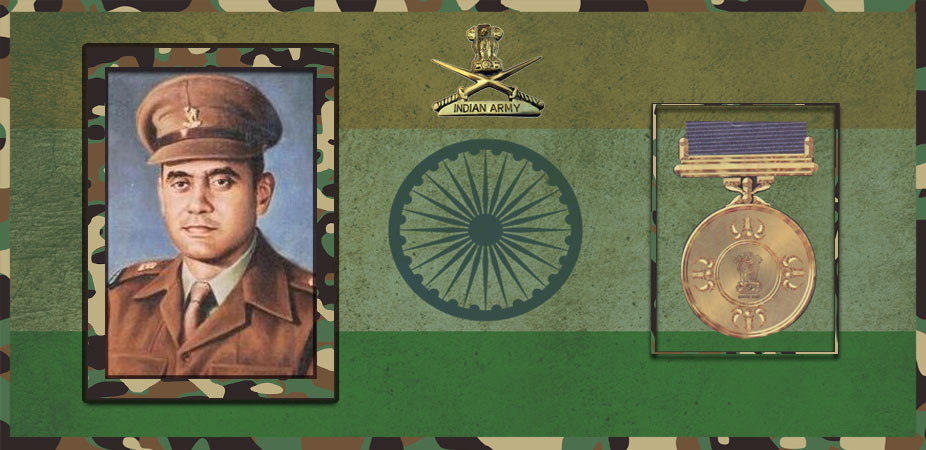
The time was already eight o'clock in the morning. The soldiers had been waiting for the Chinese to wage another attack. There was some movement of soldiers from the rear, from the western side. For a brief moment Major Singh thought that the Alfa company had come to their help but no...It was Chinese who were now regrouped and approaching from rear. The Chinese threw a grenade from a distance which ripped Major Shaitan Singh's stomach. His radio man Ramachandra Yadav quickly picked him up and went into the bunker. The Major kept fainting from severe bleeding, once for a brief moment he came into senses and said to Ramachandra Yadav to rush battalion headquarters and tell them what all happened with Charlie company, for he feared in a short while no one would be alive. Yadav refused to his Commander in that condition. He sensed that very soon the Chinese will be searching for the commander so he decided to take him away. With the help of a rifle sling he tied Major Singh to his own body and started rolling down the mountain peak. After rolling for about 400 feet he rested the Major under the cover of boulders and ran towards the battalion headquarters. The officers in the battalion were aghast with what was happening to Charlie company and to the company commander. They immediately rushed to the spot with medical aid. Alas it was too little too late. The watch worn by Major used to run by pulse beat and it had stopped at 8.15.
The army itself did not believe Ramachandra Yadav’s claim that only 124 Indian soldiers shot and killed nearly a thousand Chinese soldiers. Some of those who lived there were taken prisoners of war by the Chinese. a soldier named Nihal Singh fled from the Chinese camp and further narrated about Charlie company's heroics.
Sometime later in February 1963 a shepherd went to fetch a missing goat on a mountain near the Chushul province of Ladakh, he saw a horrible sight and ran away and reported the matter to Army officials. Officers arrived at the scene and saw the bodies of soldiers who looked like statues in the museum. These were the frozen bodies of soldiers of Charlie company who went down while fighting. A soldier was still gripping his rifle with his finger on the trigger but the rifle had no bullets. A paramedic froze to death while tying a bandage to a wounded soldier.
All the bullet marks were on their chests, no one had bullets hit on their backs!
When the subject of the 1962 aggression of China is mentioned we shudder with collective shame and despair. But in spite of political apathy, indifference of top officials, the soldiers gave their lives to defend our borders. We should not erase such a saga of rare courage from our history pages and from our memory.
NEXT ARTICLE
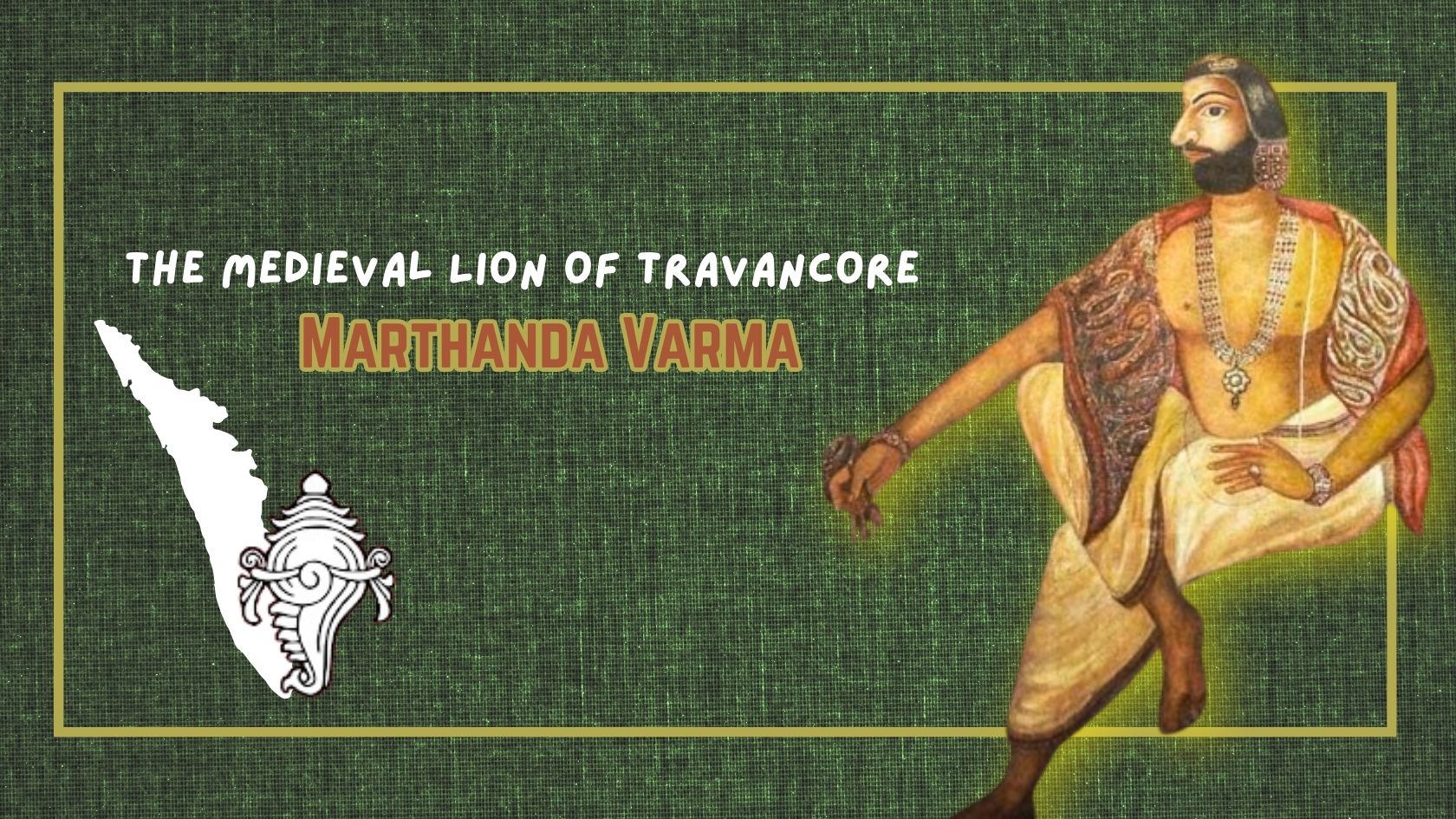
Shri Ramachandra Prasad's captivating narrative and the hot chai that was served at the right time transported me to ancient Kerala, where the extraor...
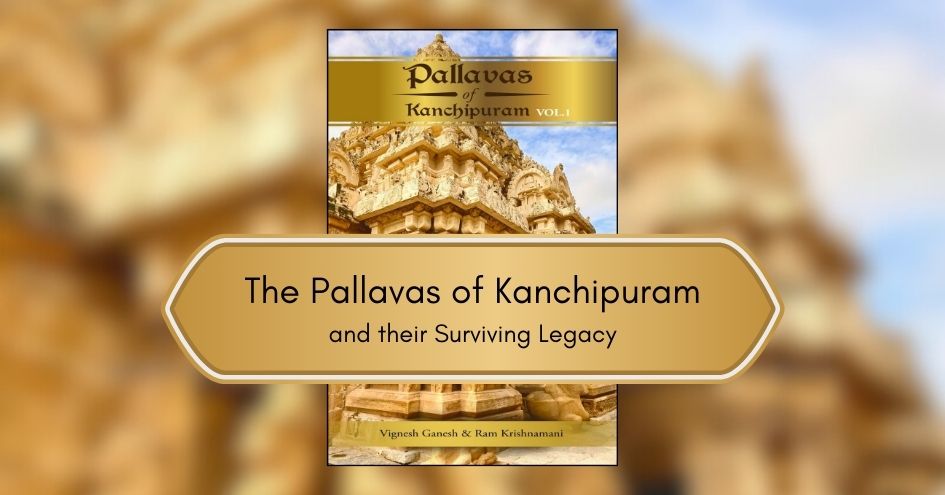
Introduction In Bharatvarsha, History is not the account narrated by victors. It is the record left behind by survivors. The study of Indian History...
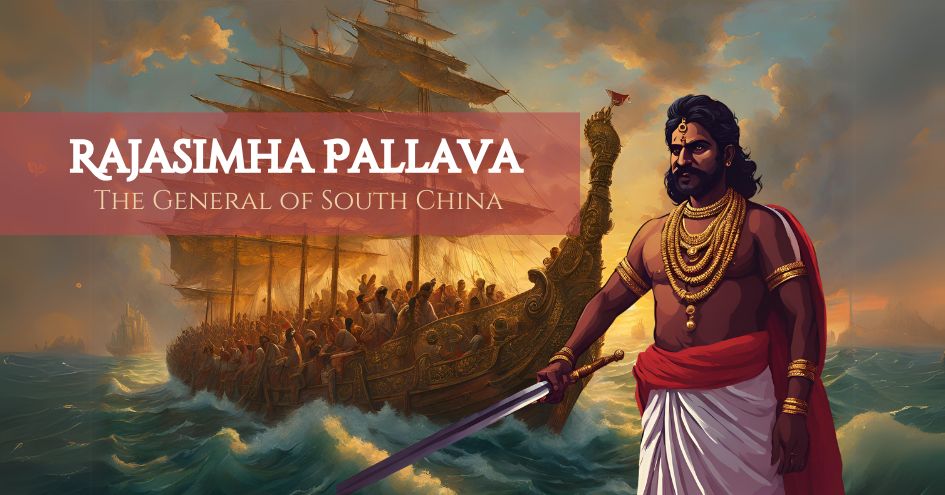
It is the first-half of the 8th Century C.E. in South India. The Pallava kingdom possesses strength and prosperity with some of the greatest monument...